Knit Now Awards part one – Visit to the Sirdar mill
Now that big daughter is safely on her way to Peru, it’s time for normal service to be resumed and for me to start catching up on some promised blog posts!
The first of them is the visit to the Sirdar mill in Wakefield, Yorkshire, which was part of the prize for the Knit Now Knitter of the Year Awards. The Awards are sponsored by Sirdar who kindly hosted the day. I’ve been looking forward to this ever since I found out that I’d won an award as I always like to know where things have come from and how they are made (I’m sure any workmen who ever come to our house dread coming as I always have lots of questions!). I should probably warn you that there are lots of photos here as we follow the journey of the yarn as it arrives in the mill to where it leaves to go to the yarn shops. I did wonder whether you’d want to see them all, but I thought it was all really interesting so I’ll hope that you do too – and split the post into two so that you’re not here all day! 🙂
It was a bright, sunny Thursday morning towards the end of June when I finally drove up the M62 to Wakefield. It’s not actually as far as I thought and the journey was very straightforward until I got within about 500 yards of the mill entrance and the satnav instructions told me to turn right instead of left. I wasn’t the only one to make the scenic detour, and Russell, the managing director of Sirdar, told us that it happens on a regular basis which is more than a little frustrating for them as the mill has been on the same site for 126 years. That’s a lot longer than Google maps!
There were winners from each category – Online, Designer, Charity and Open – and we all started the day with tea and coffee in the large yarn-filled meeting room. Kate, the editor of Knit Now, is the lady with rainbow hair smiling straight at us. I liked her very much as soon as I met her.

And just in case you didn’t really believe from the first picture that there was much yarn in the room …
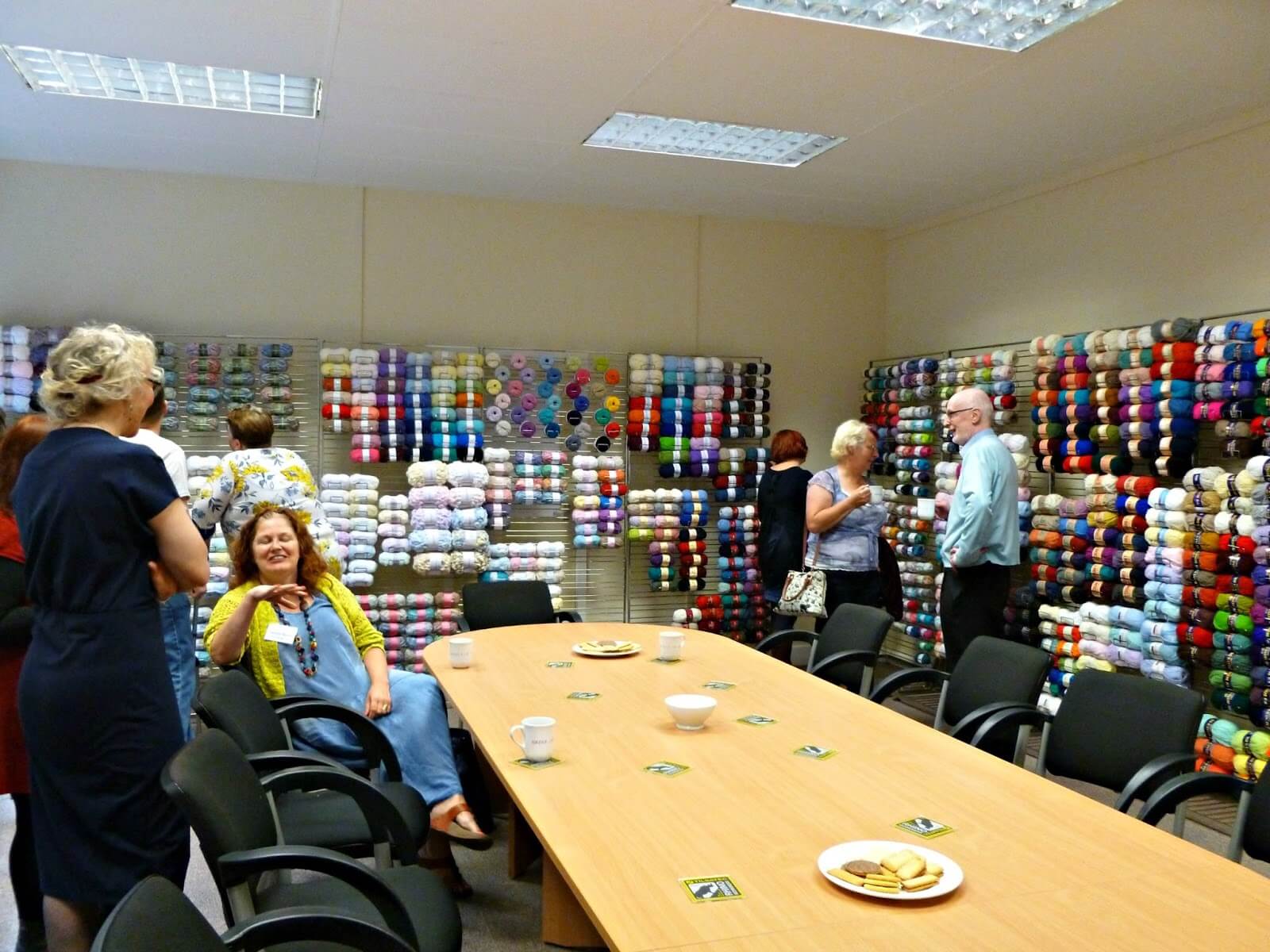
This is the current range that Sirdar produce, and there are new colours and yarn varieties to be added for the new season so that’s a lot of yarn! (Yes, I did find the sock yarn, it’s over on the right behind the lady with the blonde hair 🙂 )
Once everyone had arrived, it was time for the tour to start. We headed out of the meeting room and into the factory, stopping briefly at quality control on the way past. For some reason, it reminded me of Roald Dahl’s book Charlie and the Chocolate Factory – perhaps it was the thought of yummy yarn! The lady in the centre of the picture is using a machine to cut yarn to make shade cards – no snipping tiny lengths with scissors going on here!

We moved onto along a corridor with yet more yarn stacked along the wall. This is the new season’s yarn, and we got a sneaky squish!

At the end of the corridor is the import bay. You can see what a huge area it is, and on the day we visited it was pretty much empty as they were waiting for a new delivery.

The import bay is where yarn is brought into the mill – yes, you did read that right. Russell, the managing director (on the right in the picture below) and Darren the warehouse manager explained that in 2004, economic issues meant that it no longer became feasible to spin the yarn at the mill. The decision was taken to stop manufacturing and move the machinery out to a new plant in southern Turkey where the yarn is now spun and imported back to the UK. Yarn is also brought in from mills in Italy and China. Although this might seem like a sad decision to have made, the financial climate at the time was such that without it Sirdar might no longer have been in business, but what Sirdar did do which was a very good business decision as far as I’m concerned, is that they continued to employ their senior mill staff (such as Darren) who now oversee the quality of the yarns both here and with regular visits abroad, and make sure that Sirdar yarns are still as good today as they have ever been.

We moved on to the bulk warehouse. At first glance it looks a bit like B&Q (someone said it looked like the warehouse from the final scenes of Raiders of the Lost Ark) but each one of those boxes contains yarn. Lots and lots of it. Around 500,000 packs of it in total, to be precise. And when you think of it like that, the other description that someone suggested of it being like a cathedral of yarn is perhaps more apt.

Not sure? Just look up!

We’re in the picking warehouse now. The yarns are arranged in order from lowest quality and shade number to highest quality and shade number so that it’s easy for the order pickers to find the yarns. They pick lots of orders at once so it’s much easier for them to be able to collect packs in one place rather than keep walking backwards and forwards. I did wonder how many miles a day you would walk if you worked here. Quite a few, I would say!

Oh look, sock yarn! You didn’t really think I wouldn’t have spotted it, did you? J Heart & Sole is great if you like stripy socks, it’s easy to match and it’s not too expensive. Perfect, in fact, for Yarndale Sock Line socks … we’re going to have the Sock Line again at Yarndale this year where we give away donated pairs of hand-knitted socks to people who need them; look out for the post about it later this week!

There really is an awful lot of yarn here!

At first glance, you’d be forgiven for thinking that you’d walked into the post room (I did!).

But look a bit closer …

This is the leaflet room, where 400 pattern designs a year are produced. Sirdar used to outsource their printing but now have their own machines which can do the whole process from colour printing to guillotining to folding the patterns. They look like giant photocopiers, which I suppose is what they are!

This is Emma, the sales director, with one of the new patterns that will be available this season. It was quite exciting to see what they’re going to look like before they hit the shops!

Here’s the same pattern being folded and ready to be put on the shelves that were in the photos above.

Having shown us all the different departments, Darren explained that when a yarn shop places an order with Sirdar, the leaflet department is where it all starts. The leaflets on the order are chosen first, and then printouts are made of the yarns that are required to go with it. They are collected by the people in the picking warehouse who match up the yarns with the orders and then they are sent to be packed for delivery.

This was one of the quieter days …

The packs of yarn are baled in plastic bags by this machine which was specially developed for Sirdar …

and then packed in the van ready to be distributed to the yarn shops both in the UK and abroad. There are usually about three of these vans every day which transport yarn. It’s quite mind-boggling to think of how much yarn that really is, isn’t it? It goes to over 1,000 stores in the UK and the yarn also travels to the US, Canada, Scandinavia and New Zealand, so wherever you are in the world, the chances are that you can buy a ball of Sirdar yarn. Standing in the mill in Wakefield, that seems quite incredible, but pretty great as well!

Phew! That’s the warehouse done. We headed upstairs next to see the design room. Do you need a rest? It was a packed day and we’ve not stopped for lunch yet …
What would you expect to see in a design room? Swatches of new yarns?

Drafts of new patterns?

People whose job it is to knit all day?


Yes! All of these things are happening at Sirdar! (No, I don’t know how you apply for a job here 🙂 )
We were met by Julie, the chief designer. She’s worked at Sirdar for a long time and over the years has designed thousands of patterns – not hard when you think that Sirdar produce 500 new patterns every year. I had no idea!
Julie explained how the designs are put together, from initial sketches to the point where they start to become more like the pattern that you buy. The design team’s job is to make you want to buy the yarn on a regular basis to knit the patterns that they produce, so there’s pressure to make sure that they are designing what you want to wear!
The swatch samples in the photo above are created in each yarn to see how it performs in various conditions – one might be great with a cable pattern, for example, and another might work better with lacy patterns. The swatches are never thrown away but are kept in case they come in useful another day (I was reminded here of several boxes in our garage full of odd nuts and bolts and bits of IKEA furniture which I’ve thought might be useful in the future …)
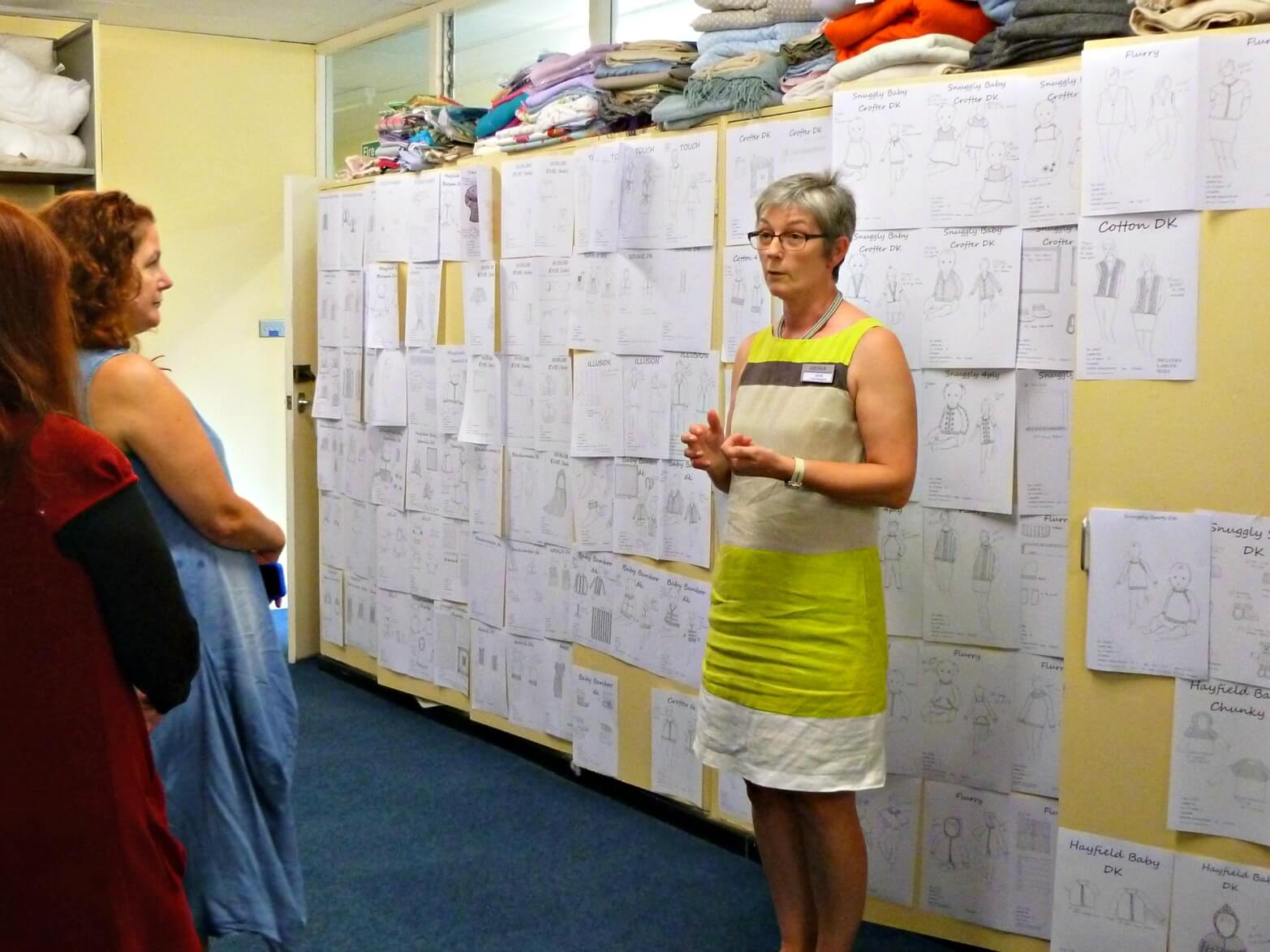
The in-house team of 3 designers use the swatches to design the garments, and sometimes external designers such as Sue Jobson and Alan Dart, the details of which are kept in files. You can imagine that everything has to be meticulously recorded as with 500 designs ongoing, you’re never going to remember how many stitches to pick up on a neckline of a jumper if you don’t write it down! The file also contains information on sizes and measurements, and is passed to one of 9 in-house pattern writers who create the pattern which is given it’s first maths check and also a thorough once-over to make sure that it is written in a clear style.

After the first maths check, the pattern is returned to the pattern writer for any amendments and then passed to Jane, who organises for the pattern to be knitted. Sirdar uses outworkers for this job; people who work from home producing the knitted pieces which are then returned to the pattern writer. Some patterns are knitted in-house, but they tend to be the ones that need a close eye keeping on them during the knitting process. There’s usually a set of needles that suits the purpose!

The garment pieces are tacked together so that any further amendments can be made. By this point, it tends to be small details such as neckbands, and then the pattern undergoes three more maths checks, the last one by the original pattern writer. It’s very thorough, isn’t it?

At this point, the garment pieces are passed to a team who specialise in sewing up – they sew up 1,000 to 1,500 garments a year!

The pattern is passed to Neil who formats it on the computer ready for printing, and the photo shoot for the pattern cover is arranged. Mostly the shoots take place abroad because of the longer days (a photo shoot is a 12 hour day), but sometimes the UK is the best place for a particular atmosphere. The next photo shoot for the new season’s range is due to take place in Capetown in September.

Finally, it was time to leave the design room. Bright and airy with friendly people who knit all day – it does sound like a dream job! “It’s not a family business but it feels like it,” says Julie. No wonder many people have worked there for well over twenty years!
On the way back down the stairs to the meeting room and a rather lovely lunch, we popped into the archive room. Every pattern that Sirdar has produced is stored here – you could spend days looking through all the files!

My grandma was a knitwear designer many years ago, and although I don’t think she ever worked for Sirdar, I like to think that she would have worked on designs like this one, now kept safely for inspiration and as a record of how fashions have changed. She died when I was two so I never got to ask her about her knitting, but it’s nice to think that in an archive somewhere, something of hers might still be around.

This must have been one of the longest posts I’ve ever written, so well done to you if you’re still here! I’ve got more to tell you – ha! now you’re glad I’ve split it into two posts! – so come back for a sneak preview of Sirdar’s autumn and winter ranges and a look at how Knit Now magazine is put together. But for tonight, as I say to small daughter when we’re reading a story together, that’s where it ends for now.


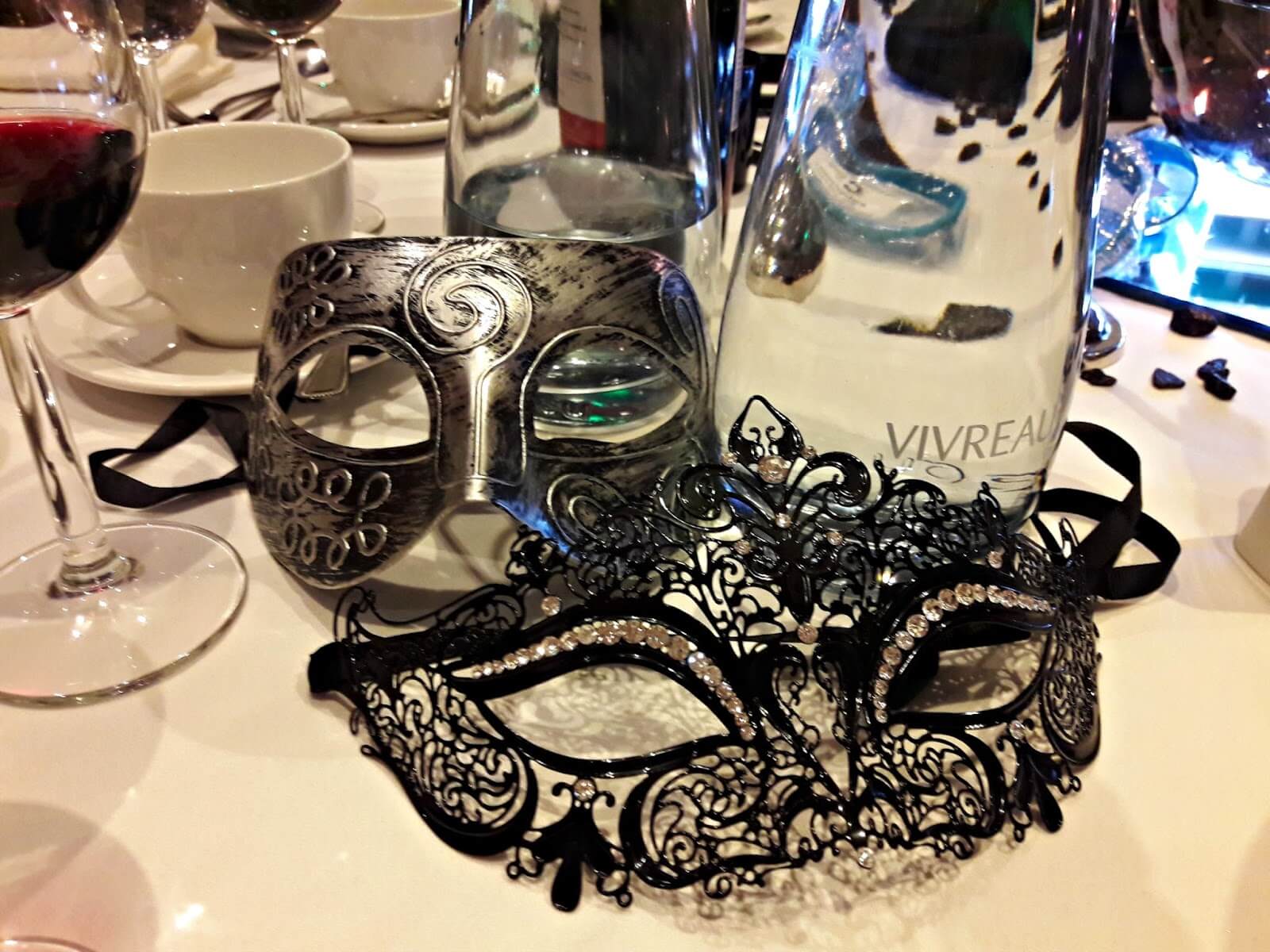

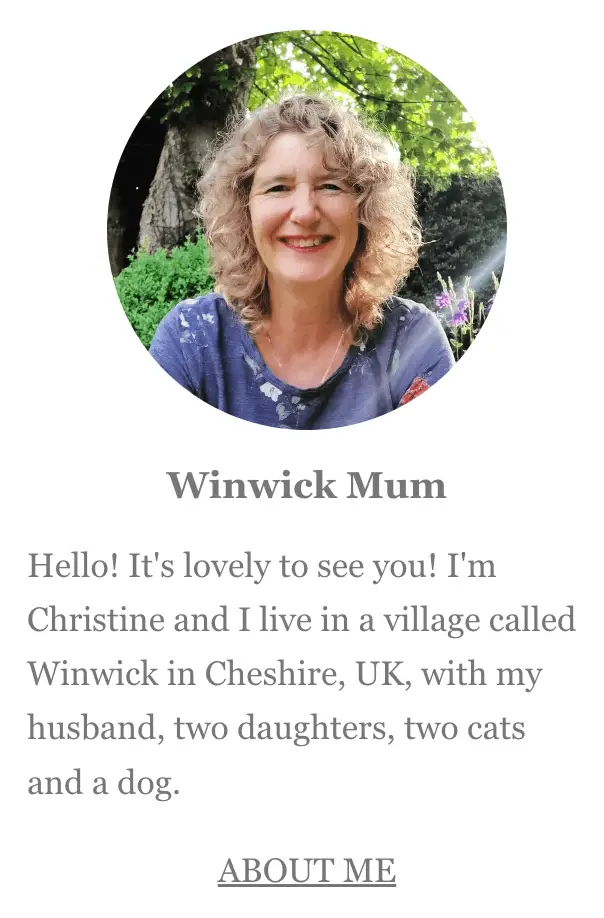






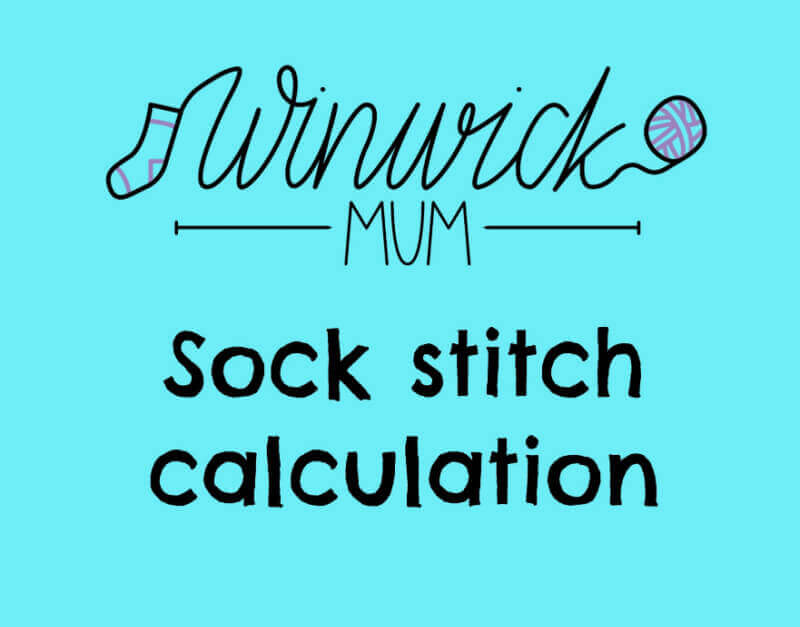


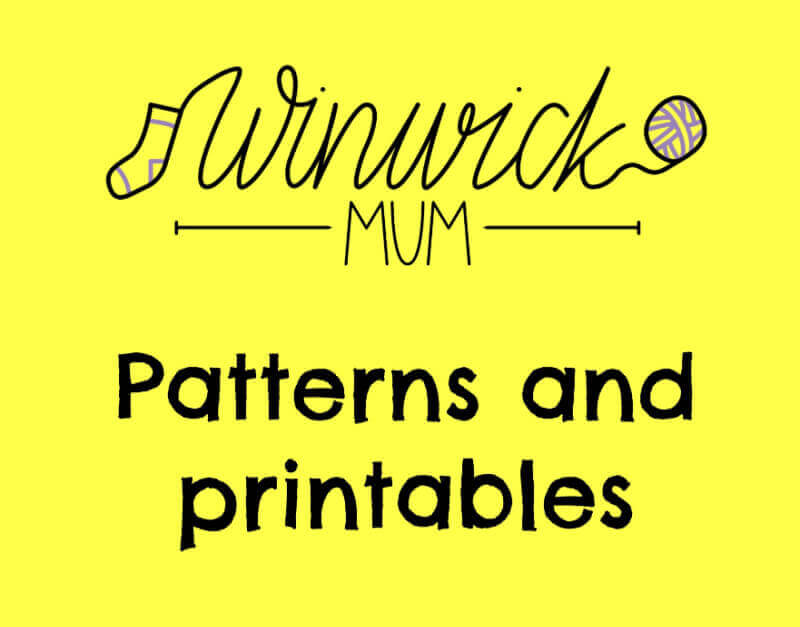
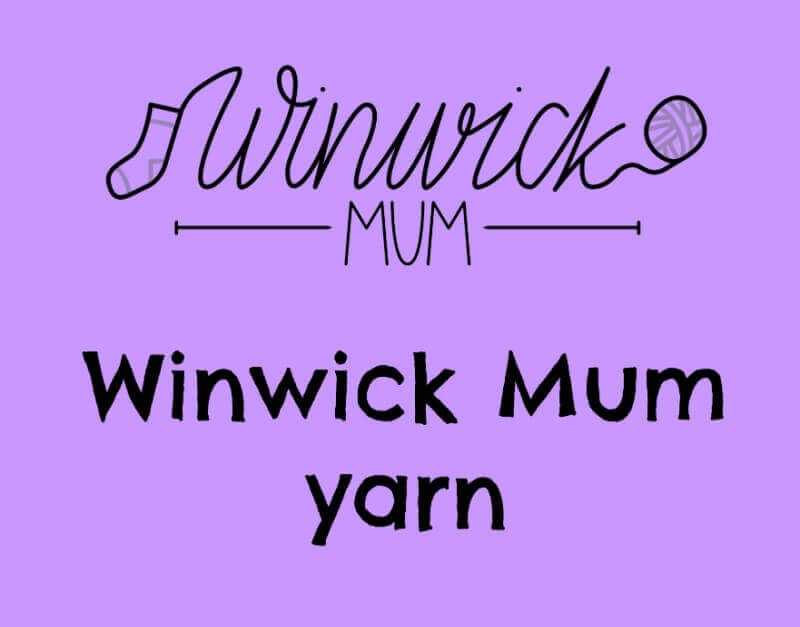




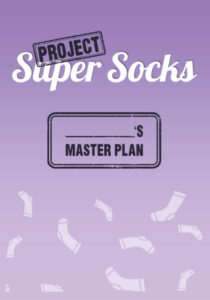

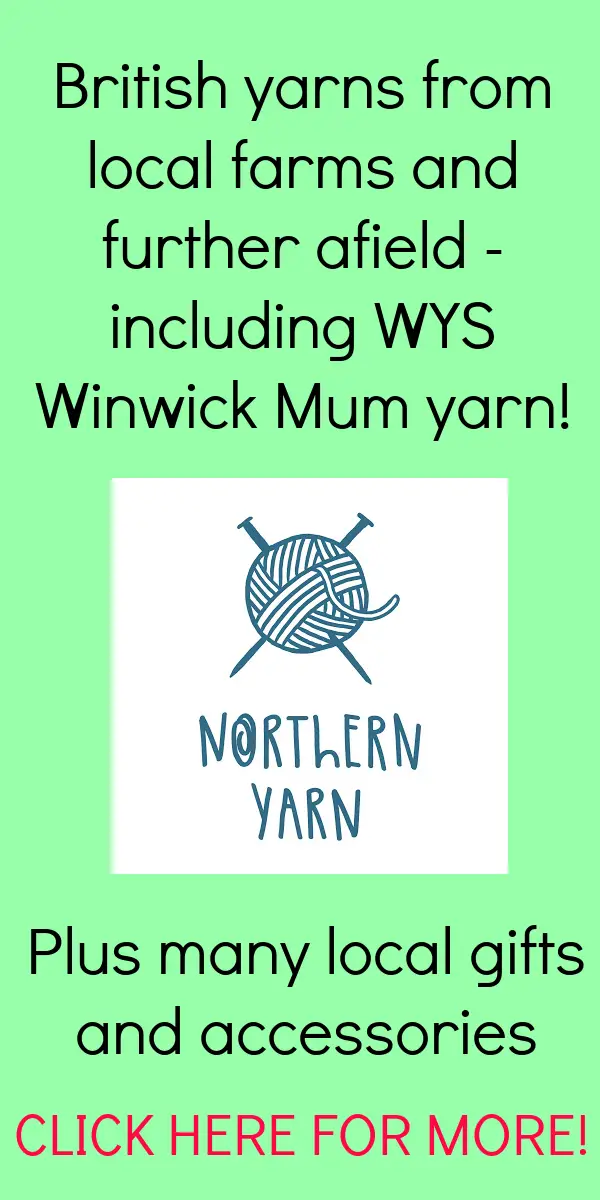

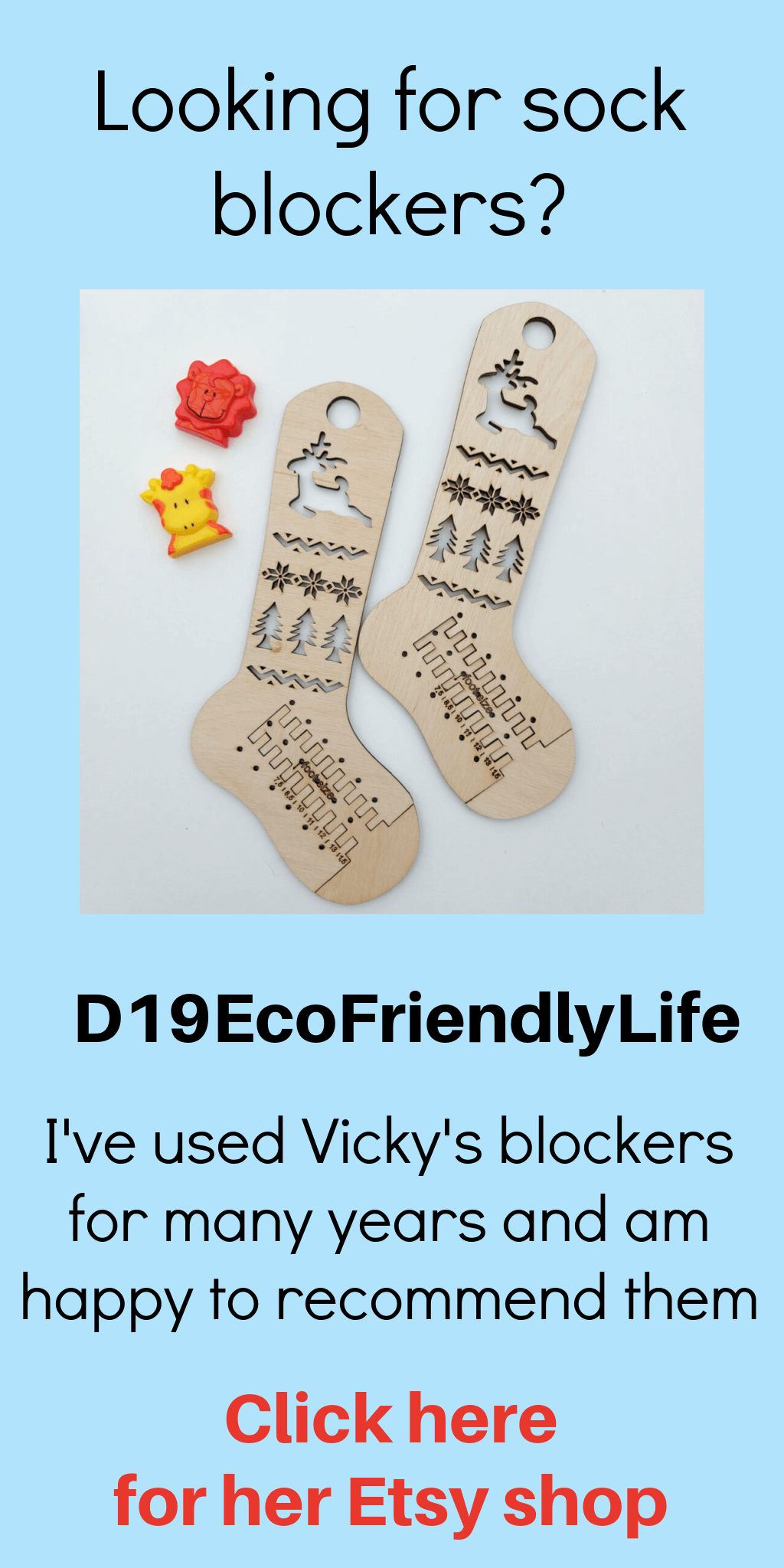
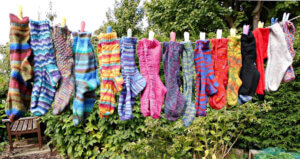
I really enjoyed reading that, and I'm looking forward to the next instalment. What a fabulous job, being paid to knit all day!!
I know, imagine having a job like that! xx
Wow what an amazing place to visit, woolly heaven! x
Oh, it really is! xx
i'm judi from ohio, USA. a friend forwarded your blog to me and i have put you in my bookmarks. i so enjoyed the trip to sirdar mill. thank you for the tour – with pictures!
Hello Judi, it's lovely to see you! xx
Loved the article and all the pics! Fabulous!
Thank you! xx
Thoroughly enjoyed your summary of your tour. I felt that I was there with you. How exciting to see so much yarn and so much history. Love it and anxiously await the second installment.
Oh good, I'm glad you enjoyed it! xx
It is fascinating Christine and I'm already looking forward to the next instalment. All those boxes full of yarn is mind boggling! I wonder if you knit all day working, you still knit to relax in the evening?
Yes! The knitters often have another project on the go for lunch breaks and in the evenings that is completely different xx
Wow! Absolutely fantastic!!! It is incredible to see all of this and know how much goes on. The pattern writing is especially fascinating to me. Imagine getting paid – in a job paid by someone else, not working for yourself! – to get to write patterns and knit all day!! How wonderful would that be. I am so looking forward to the next part and I am so pleased for you that you won and got to go on this great visit. Well done you!!!!!!!!!!! xx
Oh Christine, how i envy you that visit! My version of Heaven really…… xxx
I really enjoyed reading this post ! You are a marvelous writer and are slowly convincing me that I might one day knit socks !
What a fabulous post ! Thank you so much for sharing your 'winners' day' at the mill! So interesting. Looking forward to the next part and looking forward to news from your 'big girl'. Well done Christine. xx
Gosh that was a super blog post, a right riveting read (seriously!)xxx
Just googling something when I came across your blog. It takes me back. My Dad worked there for 40 years and we lived in the (now demolished) houses in the mill grounds. I used to go in and help Dad with the clock (time) cards each weekend and walk around the entire mill. It has certainly changed over time. Richard
That's amazing, it's a few years since I went to the mill now but even then it would probably be so different than you remembered it because all the machinery had gone. Thank you so much for sharing that with me! xx
Wow! Just came across your blog about Sirdar – I used to work there as a pattern designer in the early 1980s… what a trip down memory lane!
Ah, it’s all so different now, isn’t it? I think it will have been different even in my post as you might have been there when the yarn was spun there in the 80s or maybe the machinery had already gone by then? I can imagine you had a fabulous job! 🙂 xx